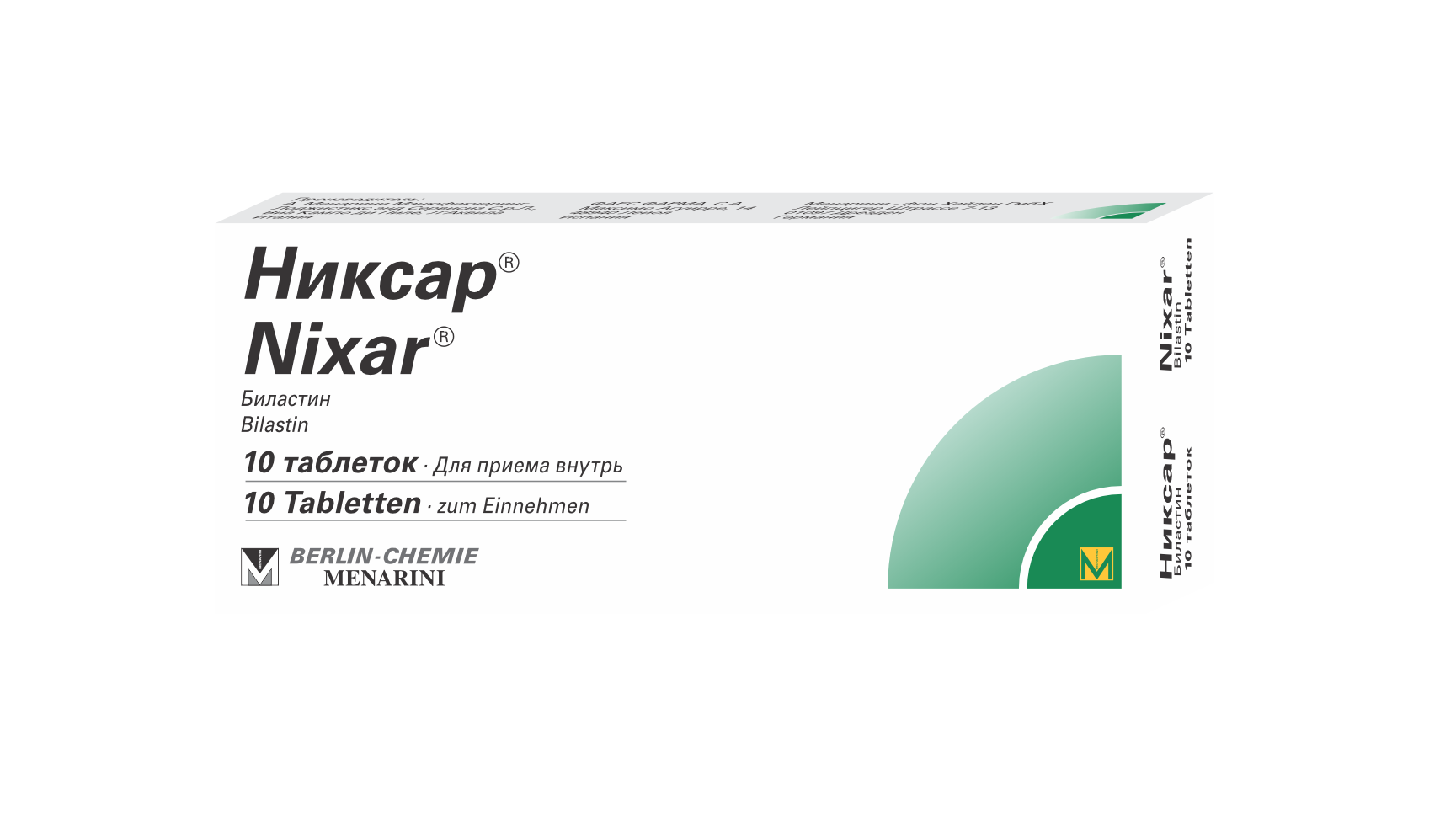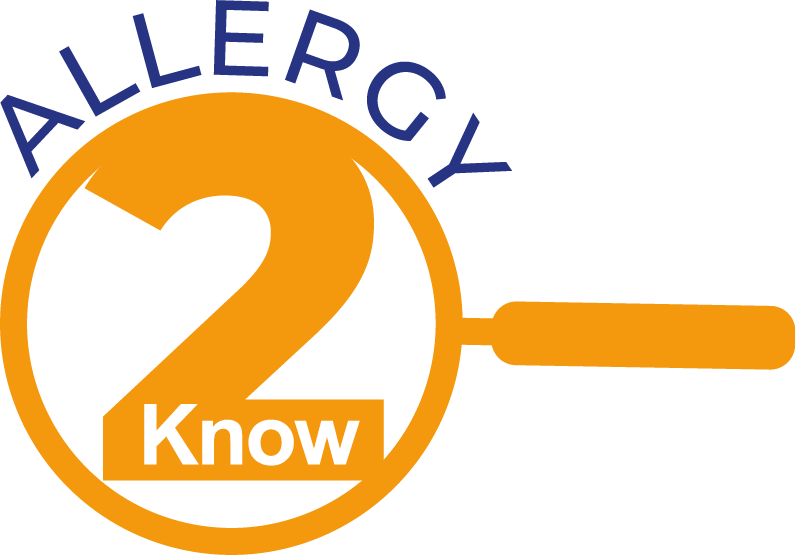Urticaria, a common group of disorders
Urticaria is a common, heterogeneous group of disorders with a large variety of underlying causes.

How urticaria looks like
Urticaria is characterized by the appearance of fleeting wheals, each lasting 1-24 hours and /or angioedema lasting up to 72 hours.

25% of adults experience urticaria
It is estimated that up to 25% of adults will experience atleast one episode of acute urticaria sometime in their lifetime.

Chronic spontaneous urticaria
Only around 3% of adults that experience urticaria, will develop chronic spontaneous urticaria.

Urticaria in children
In children, urticaria appears to be less common (3-5%) with chronic urticaria being much less prevalent.
Acute, chronic, spontaneous or inducible
Urticaria should be divided into acute and chronic, spontaneous or inducible.
Urticaria treatment
In the inducible forms, thetreatment of choice (but not always possible) is avoidance. Pharmacological treatment can in the majority of the cases be confine to non-sedating antihistamines.
The aim of treatment is the complete absence of symptoms.
For Urticaria treatment use of non-sedating antihistamines is highly recommended.
BILASTINE is a non-sedating antihistamine indicated for the symptomatic treatment of urticaria.
Products




Nixar® 20 mg tablets contain the active substance bilastine which is an antihistamine.
Nixar® 20 mg tablets are used to relieve the symptoms of hayfever (sneezing, itchy, runny, blocked-up nose and red and watery eyes) and other forms of allergic rhinitis. It may also be used to treat itchy skin rashes (hives or urticaria).
The recommended dose in adults, including the elderly and adolescents aged 12 years and over, is 1 tablet (20 mg) a day.
NIXAR should not be used in the following cases:
If you are allergic to bilastine or any other component of this medicine.
If you have moderate severe renal impairment and if you are taking other medicines (see section "Other medicines and NIXAR"), consult your doctor or pharmacist for advice before starting to use NIXAR.
NİKSAR® should not be used during pregnancy and lactation.
Consult your doctor for advice before taking this medication during pregnancy or breastfeeding, as well as suspected or planned pregnancy.
This medicine should not be given to children under 12 years of age.
IMPORTANT: Nixar® 20 mg tablets should be taken 1 hour BEFORE or 2 hours AFTER intake of food or fruit juice.


